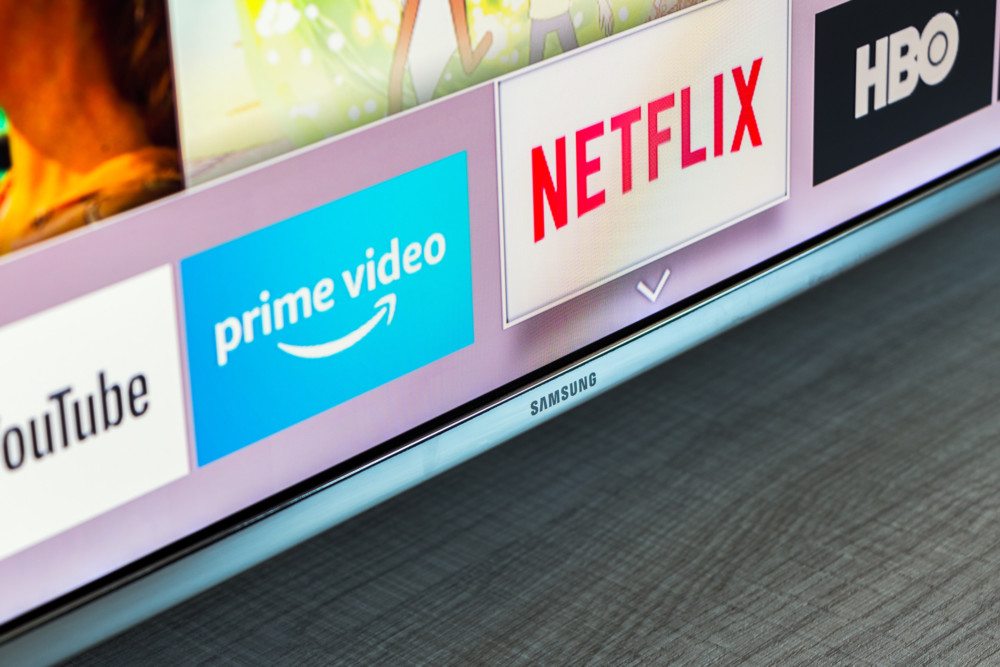By Robert Channick
Chicago Tribune
WWR Article Summary (tl;dr) Internet television, also known as “over the top,” bypasses cable and delivers video directly to viewers through a broadband connection. In addition to Netflix, major players include Amazon’s Prime Video and Hulu.
Chicago Tribune
Streaming TV is going from a trickle to a flood, with more content, competitors and binge-watching viewers expected in 2019.
Entertainment giants Disney and WarnerMedia are among the major players set to launch new streaming services in the new year, leveraging their enormous TV and movie libraries in a bid to challenge Netflix for online supremacy.
Get your thumbs in shape now for some serious menu scrolling ahead.
“It’s the year of consumer choice because there are so many of them,” said Brett Sappington, digital entertainment research director at Parks Associates.
Internet television, also known as “over the top,” bypasses cable and delivers video directly to viewers through a broadband connection. In addition to Netflix, major players include subscription video-on-demand services such as Amazon’s Prime Video and Hulu as well as livestreaming services such as Sling TV and DirecTV Now, which air dozens of cable channels in real time.
More than 73 million households subscribe to at least one over-the-top service in the U.S., a number that continues to grow in lockstep with the breadth of offerings, Sappington said.
Viewers can choose from 226 over-the-top video streaming services, with big names like CBS All Access and HBO Now competing head-to-head with lesser-known upstarts such as FuboTV, Philo and Pure Flix. Most services offer some type of subscription, but blended models that include advertising and pay-per-view are increasingly common.
Typical streaming packages average about $10 per month, with many households subscribing to more than one service, Sappington said.
“When you’re talking $10 a month, it’s not a big hit on household income to pick up one more service,” he said.
While internet TV has been growing, traditional pay-TV providers, cable, satellite and telephone companies, lost 1.1 million subscribers in the third quarter alone, according to research firm MoffettNathanson.
Cord cutting is accelerating, with about 90 million traditional pay-TV subscribers in the U.S., down from nearly 97 million two years ago, according to MoffettNathanson.
While streaming TV may be a catalyst for some to quit cable, many traditional pay-TV subscribers also have at least one over-the-top service as well, Sappington said.
“Essentially, if you like video, you’re likely to have both,” he said. “Services like Netflix, they have content you can’t get on pay TV.”
Founded in 1997, California-based Netflix is the world’s largest internet TV service, with more than 130 million memberships and revenue projected to top $15 billion for 2018.
Netflix established itself by renting DVDs by mail before launching its streaming service in 2007. The transition included a brief and ill-fated rebranding of the DVD service as Qwikster in an effort to shift focus to its online offerings.
A decade later, the entire entertainment industry is scrambling to replicate the successful Netflix streaming model.
Netflix is projected to spend a reported $13 billion on original programming in 2018 for TV shows, movies, documentaries and other fare. Recent buzzworthy offerings include “Stranger Things,” “The Kominsky Method” and “The Crown,” among dozens of others.
“Saturday Night Live” recently parodied the prodigious output of original content at Netflix, saying the company was creating an “endless scroll” of programming so that by the time you reached the bottom the menu, there were new shows at the top.
Having shows you can’t get elsewhere has made Netflix must-subscribe TV for millions of viewers. But the competition is expected to heat up in 2019 with the launch of streaming services by Disney and AT&T’s WarnerMedia, bolstered by huge libraries of proprietary content.
“If you look at what they’re bringing to the table, I don’t know that they’re planning for it to be a Netflix killer, but it’s certainly positioning to be that type of competition,” Sappington said.
AT&T, which completed its $85.4 billion acquisition of Time Warner in June, announced plans to start its streaming service in the fourth quarter of 2019. The renamed WarnerMedia brings with it access to popular content including HBO shows like “Game of Thrones” and the “Harry Potter” movie franchise.
The WarnerMedia streaming service will take a three-tier approach, with the entry level offering a starter movie package, the company said. The second tier will include original programming and more movies, and the third tier will bundle the first two with additional content and, presumably, a higher monthly price tag.
Disney, which bested Comcast in June with a $71.3 billion cash and stock offer for most assets of 21st Century Fox, is expected to close on the deal in early in the new year, opening the door to a potentially robust streaming service.
Disney+, which is expected to launch in 2019, will utilize Disney’s extensive movie and TV library, as well as programming from the Fox TV and movie studios, putting franchises such as “Toy Story” and “X-Men” under the same corporate umbrella.
Dozens of smaller players, such as Redbox, a onetime Netflix DVD rival best known for its storefront rental kiosks, have already taken the streaming video plunge.
Rolled out in December 2017, Redbox On Demand offers more than 12,000 movie and TV titles, including new releases that viewers may not find on Netflix, for two-day rentals, with no subscription required.
“We’re really starting to see traction with Redbox On Demand,” CEO Galen Smith said.
Smith said hundreds of thousands of customers streamed movies during the inaugural year, and while he doesn’t expect to unseat Netflix, he believes there is room for the Redbox icon on your Roku streaming device.
“A lot of our consumers have Netflix accounts,” Smith said. “What we offer is something Netflix doesn’t have. It’s a complement to have the new release from Redbox, and the older movies and original content from Netflix. They go hand in hand.”














































































































































































































































































































































































